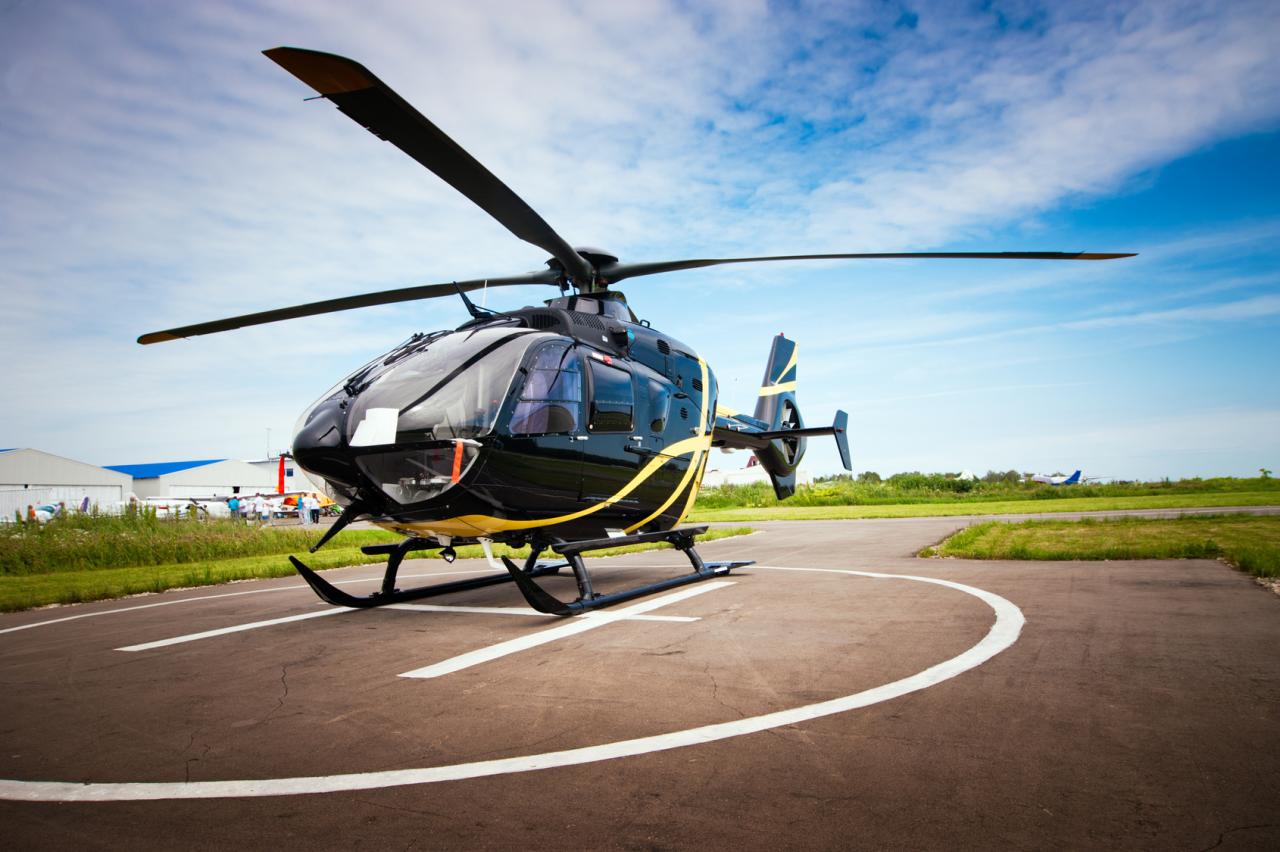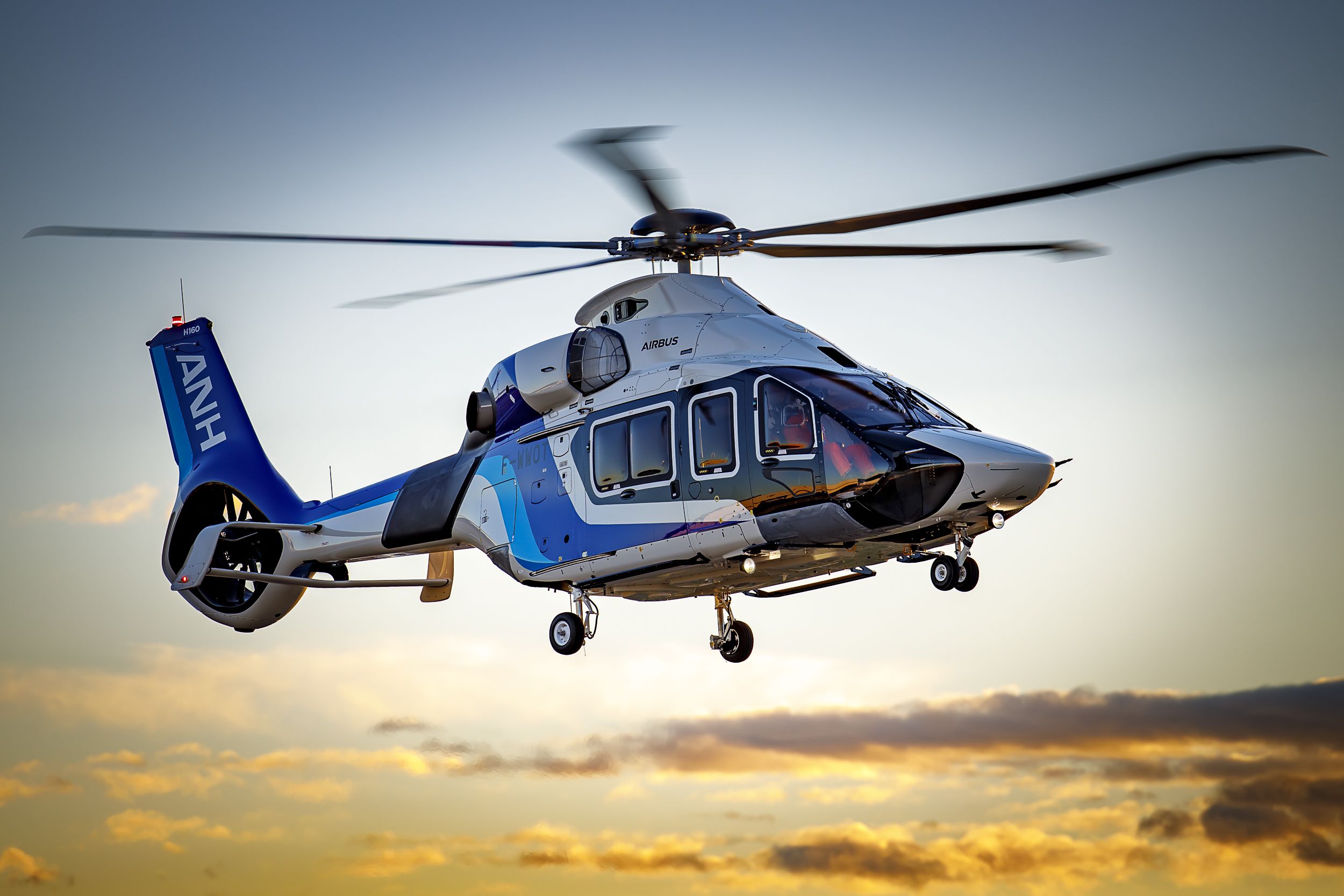The global helicopter industry, a vital yet often understated segment of aerospace, is a dynamic arena characterized by constant innovation, strategic adaptations, and a continuous pursuit of enhanced safety and efficiency. From critical life-saving missions and offshore energy support to military operations and luxury travel, helicopters serve an indispensable role across diverse sectors. In recent years, the industry has navigated a complex landscape marked by geopolitical shifts, technological advancements, supply chain challenges, and evolving market demands. This article explores the latest trends, key players’ strategic moves, technological breakthroughs, and the enduring challenges and opportunities shaping the future of rotorcraft.
Market Dynamics and Sectoral Shifts
The helicopter market has shown remarkable resilience, steadily recovering from the global economic slowdowns and the specific challenges posed by the COVID-19 pandemic. While the civil and military segments often operate on different cycles, both are currently experiencing significant activity.
Civil Market:
- Emergency Medical Services (EMS): This segment remains a consistent growth driver. The demand for rapid medical transport, especially in remote or difficult-to-access areas, continues to fuel orders for new and upgraded light and medium helicopters. Operators are increasingly focusing on advanced avionics, enhanced safety features, and reduced noise footprints to better serve communities.
- Offshore Energy: Following a period of significant downturn due to volatile oil and gas prices, the offshore segment is experiencing a cautious but discernible rebound. As exploration and production activities resume, particularly in deepwater fields, the demand for heavy and super-medium helicopters like the Sikorsky S-92, Airbus H175, and Leonardo AW189 is picking up. However, the industry is also grappling with the transition towards renewable offshore energy (wind farms), which presents new operational requirements and opportunities for specialized utility helicopters.
- Utility & Aerial Work: This broad category, encompassing everything from power line inspection and firefighting to heavy-lift construction and search and rescue (SAR), remains robust. The increasing frequency and intensity of natural disasters globally have underscored the critical role of helicopters in disaster relief and recovery, driving demand for versatile platforms.
- Corporate & VIP Transport: While a niche market, the demand for executive transport helicopters, such as the Bell 429, Leonardo AW109/AW169, and Airbus H145/H160, remains stable. The focus here is on cabin comfort, advanced noise reduction, and state-of-the-art navigation systems.
Military Market:
The military helicopter market is largely driven by defense budgets, geopolitical tensions, and modernization efforts. Several nations are embarking on ambitious fleet replacement programs, particularly for aging utility and attack helicopters.
- Modernization Programs: Countries are investing heavily in upgrading existing platforms with advanced avionics, weapon systems, and enhanced survivability features.
- Next-Generation Rotorcraft: The United States’ Future Vertical Lift (FVL) program, which includes the Future Long-Range Assault Aircraft (FLRAA) and Future Attack Reconnaissance Aircraft (FARA) initiatives, has been a significant focal point. While Bell’s V-280 Valor tiltrotor won the FLRAA contract over Sikorsky/Boeing’s Defiant X, this competition highlights the push for greater speed, range, and operational flexibility in military rotorcraft. These programs set benchmarks for future military helicopter development globally.
- Exports: European manufacturers like Airbus and Leonardo, as well as American giants, continue to secure significant export orders for platforms like the H225M Caracal, AW139M, and UH-60 Black Hawk variants, underscoring global demand for proven and versatile military helicopters.
Technological Innovations and Future Trends
The helicopter industry is on the cusp of a technological revolution, driven by advancements in digitalization, automation, sustainable propulsion, and advanced materials.
- Digitalization and Avionics: Modern helicopters are increasingly equipped with sophisticated digital cockpits, fly-by-wire controls, and integrated avionics suites. These systems enhance situational awareness, reduce pilot workload, and improve mission effectiveness. Augmented reality (AR) and virtual reality (VR) are also being explored for maintenance training and mission simulation.
- Automation and Autonomy: While fully autonomous commercial passenger helicopters are still distant, significant strides are being made in flight assistance systems. These include advanced autopilot systems, automated obstacle avoidance, and even limited self-flying capabilities for specific tasks. The development of optionally piloted vehicles (OPV) could allow helicopters to operate without a pilot in certain scenarios, enhancing safety and reducing operational costs.
- Advanced Materials and Manufacturing: The use of lightweight composite materials is becoming standard, leading to more fuel-efficient, durable, and quieter airframes. Additive manufacturing (3D printing) is also gaining traction, enabling the production of complex parts with reduced lead times and greater design flexibility.
- Sustainable Aviation Fuels (SAF) and Hybrid-Electric Propulsion: The industry is keenly aware of the growing pressure to reduce its carbon footprint. While full electrification of conventional helicopters faces significant power-to-weight challenges, SAF offers an immediate solution for reducing lifecycle emissions. Furthermore, research into hybrid-electric propulsion systems for helicopters is accelerating, aiming to combine the benefits of traditional turbine engines with electric power for improved efficiency, reduced noise, and lower emissions, particularly for urban operations.
- Noise Reduction Technologies: With increasing urban operations and community concerns, reducing noise is a critical design priority. Innovations in rotor blade design (e.g., "Blue Edge" blades by Airbus), engine technology, and active noise cancellation are making modern helicopters significantly quieter.
Key Players and Strategic Moves
The global helicopter market is dominated by a few major players, each making strategic moves to solidify their market position and capitalize on emerging trends.
- Airbus Helicopters: As a market leader, Airbus continues to push boundaries with its comprehensive product portfolio. The H160, a medium twin-engine helicopter, is gaining traction in various segments, lauded for its innovative design, performance, and reduced operating costs. Airbus is also heavily invested in military programs, upgrading and exporting platforms like the H225M and NH90, and exploring hybrid propulsion concepts like the EcoPulse demonstrator.
- Bell (Textron Inc.): Bell remains a formidable force, particularly in the light and medium segments with its popular 505, 407, and 429 models. The Bell 525 Relentless, a super-medium helicopter, is nearing certification and is poised to compete in the demanding offshore and corporate transport markets. Bell’s monumental win of the U.S. Army’s FLRAA contract with the V-280 Valor tiltrotor marks a significant strategic victory, cementing its role in future military rotorcraft.
- Leonardo Helicopters: Leonardo continues to impress with its robust family of helicopters, including the highly successful AW139, AW169, and AW189. These platforms are renowned for their versatility, performance, and safety, catering to EMS, SAR, offshore, and military roles. Leonardo is also a leader in tiltrotor technology with the AW609, which is progressing towards civil certification, opening new possibilities for point-to-point air travel.
- Sikorsky (A Lockheed Martin Company): Sikorsky, famous for its Black Hawk series, continues to focus on military programs and heavy-lift capabilities. The S-92 remains a workhorse in the offshore and VIP transport sectors, known for its reliability. Sikorsky’s involvement in the FLRAA competition, despite not winning, showcased its X2 technology demonstrator (RAIDER X), which promises impressive speed and maneuverability for future rotorcraft.
- Other Players: Companies like Korea Aerospace Industries (KAI) are making strides with platforms like the Surion, while MD Helicopters is undergoing a resurgence under new ownership, focusing on light utility and military scout helicopters. Russian Helicopters also remain a significant player, especially in their domestic and traditional export markets.
Challenges and Opportunities
The helicopter industry, while vibrant, faces several persistent challenges and exciting opportunities.
Challenges:
- Supply Chain Disruptions: Global events, including the pandemic and geopolitical conflicts, have strained supply chains, leading to delays in aircraft production and maintenance.
- Skilled Labor Shortage: The industry grapples with a shortage of experienced pilots, mechanics, and engineers, a challenge exacerbated by an aging workforce and increasing demand.
- Regulatory Complexity: Integrating new technologies like autonomy and hybrid-electric propulsion requires significant updates to existing regulatory frameworks, which can be a slow process.
- Competition from eVTOLs: While not direct competitors for all missions, the burgeoning electric Vertical Take-Off and Landing (eVTOL) aircraft market could potentially siphon off some urban air mobility and short-range passenger transport segments currently served by light helicopters.
- Economic Volatility: Fluctuations in oil prices, interest rates, and global economic stability continue to impact purchasing decisions, particularly in the civil market.
Opportunities:
- Emerging Markets: Growing economies in Asia, Africa, and Latin America present significant opportunities for new helicopter sales, especially for utility and EMS roles.
- Defense Spending: Increased defense budgets globally, driven by geopolitical instability, are fueling modernization and procurement cycles for military helicopters.
- MRO (Maintenance, Repair, and Overhaul): As the global fleet ages and new technologies are introduced, the MRO sector is poised for significant growth, ensuring aircraft longevity and operational readiness.
- Digital Transformation: Leveraging data analytics, AI, and predictive maintenance can significantly improve operational efficiency, reduce costs, and enhance safety across the industry.
- New Applications: Helicopters are finding new niches, such as supporting offshore wind farms, advanced aerial firefighting techniques, and specialized logistical support in challenging environments.
Safety and Regulatory Environment
Safety remains the paramount concern for the helicopter industry. Continuous efforts are made to improve accident rates through advanced training, technological enhancements, and rigorous regulatory oversight. Organizations like EASA (European Union Aviation Safety Agency) and the FAA (Federal Aviation Administration) work closely with manufacturers and operators to develop and implement stringent safety standards. The integration of advanced automation and data-driven safety management systems is playing an increasingly crucial role in proactively identifying and mitigating risks.
Conclusion
The global helicopter industry is at an exciting juncture. While it continues to grapple with traditional challenges like economic fluctuations and supply chain resilience, it is simultaneously embracing a future defined by technological innovation and a commitment to sustainability. From the relentless pursuit of quieter, more efficient rotorcraft to the integration of advanced digital systems and the exploration of hybrid propulsion, the industry is not just adapting but actively shaping its future. The strategic moves of key players, coupled with a robust demand across vital civil and military applications, underscore the enduring relevance and transformative potential of these versatile flying machines. As the world navigates complex global dynamics, the helicopter industry stands ready to continue its critical role, flying higher and smarter into the next era of vertical flight.

